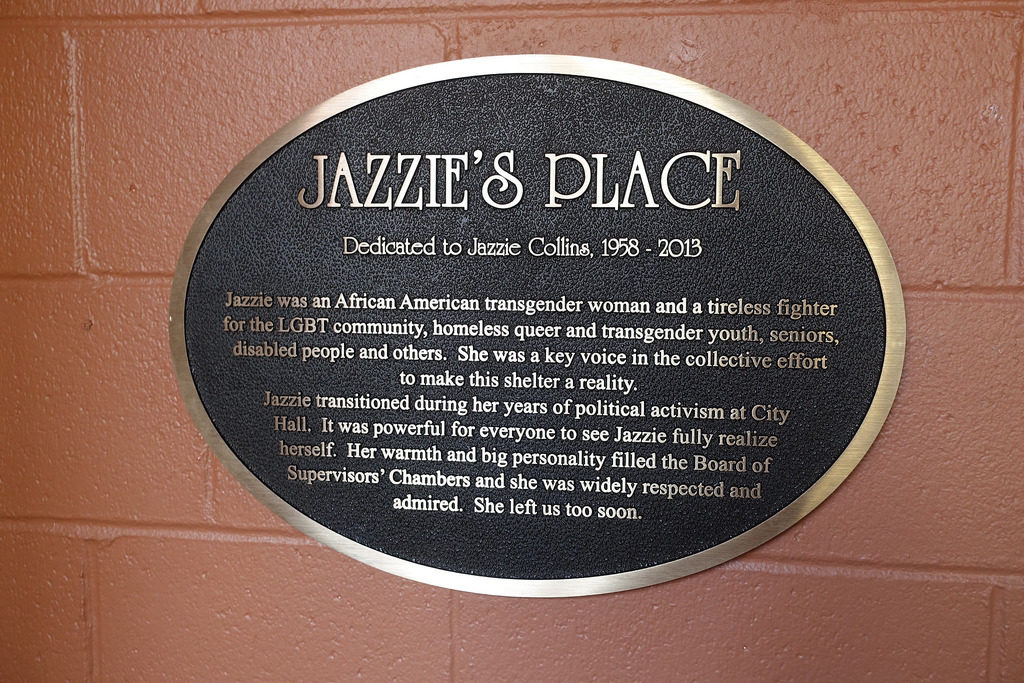
The LGBTQ+ (Lesbian, Gay, Bisexual, Transgender, Queer, and other identifications) community faces various forms of discrimination everyday. Even in SanFrancisco, a city which many assume to be the most liberal, those who identify as LGBTQ+ are faced with homophobia, transphobia, and other forms of intolerance. On August 11, 2016, the San Francisco LGBT Center was attacked, as an individual proceeded to shout homophobic slurs and shatter the building’s glass exterior with a metal pipe. The incident shocked the Center’s staff, while also reminding the organization of the prevalence of hostile attitudes towards the LGBTQ+ community.
According to Rebecca Rolfe, the Executive Director of the Center, “the vast majority of LGBTQ people living in San Francisco have experienced at least one significant experience of violence: 81 percent of us have experienced harassment, 68 percent have been physically assaulted, and 48 percent have been sexually assaulted. Many in our community — including transgender people, people of color, and those experiencing poverty — face disproportionately higher levels of violence.” Knowing that LGBTQ+ individuals have experienced discrimination and have been targets of violent acts, one can only imagine how often homeless LGBTQ+ individuals are subjected to acts of aggression and bigotry on the streets, in shelters, and elsewhere.
According to the Homeless Point-In-Time Count and Survey (2017), there are currently 7,499 homeless individuals in San Francisco. Although the city’s homeless population has decreased by 1 percent since 2015, the homeless LGBTQ+ population has increased by 1 percent. This increase is disproportionate to the 1 percent decrease in the city’s overall LGBTQ+ population. Currently, 15 percent of the city’s population identifies with the LGBTQ+ community. Thirty percent of the city’s homeless population identifies as LGBTQ+. 61 percent have been without a home for less than a year, which is a 4 percent increase from 2015 (57 percent). As stated in the same report, “While there are limited data on the number of [LGBTQ] individuals experiencing homelessness, available data suggest LGBTQ individuals experience homelessness at higher rates, especially those under the age of 25.”
To those who have not experienced homelessness, staying in a shelter may appear to be the best and safest option for those who are living on the streets. However, for many homeless folks, including homeless LGBTQ+ individuals, staying in a shelter can prove to be a daunting experience. In a San Francisco Chronicle article from 2015, Emily Green recounts of one of the many instances in which a LGBTQ+ individual has encountered hostility from others in shelters:
When Jayson Dowker moved to San Francisco a year and a half ago, he had no job and nowhere to live. His first night in a shelter underscored the challenges for him as a transgender man. A staff member asked Dowker, loud enough for others to hear, “Oh, you’re trans?”
That night, Dowker woke up to people yelling and screaming and throwing water on him. Terrified, Dowker, 21, fled the shelter in the middle of the night.
This type of shelter experience can be common for homeless LGBTQ+ individuals, leaving them with no other options for necessary resources and refuge.
In attempt to address hostilities that the homeless LGBTQ+ community faces on the streets and in shelters, the nation’s first LGBTQ adult emergency shelter was opened on June 17, 2015. Named after the late Jazzie Collins, a transgender woman and longtime advocate for LGBTQ+ housing and resources, the 24-bed shelter “Jazzie’s Place” is managed by Dolores Street Community Services (DSCS). Through the opening of Jazzie’s Place*, Wendy Phillips, DSCS’s Executive Director, strives to provide a safe shelter space for homeless LGBTQ+ individuals, ensuring that the shelter’s guests will be able to find acceptance and freely identify with their gender, sex, and/or sexual orientation.
While Jazzie’s Place is a huge step in the right direction, San Francisco still has its work cut out to create safer, dignified spaces for the homeless LGBTQ+ community. They can start by asking those in the community what can be done. ≠

